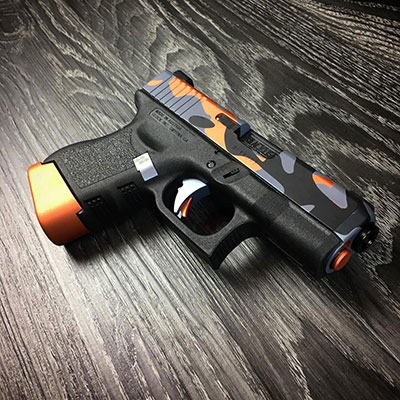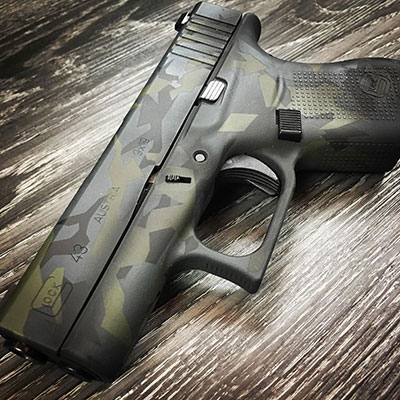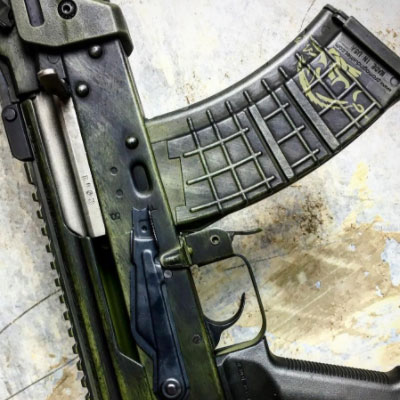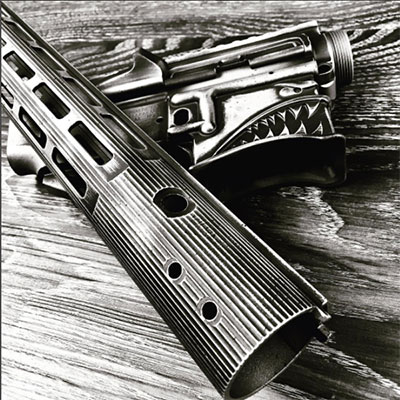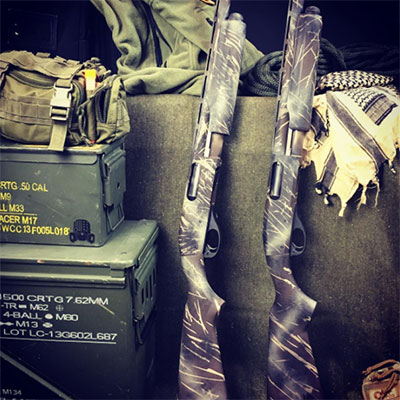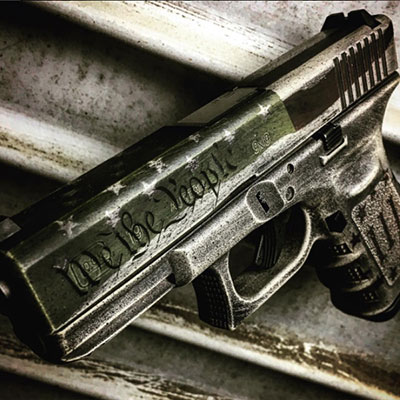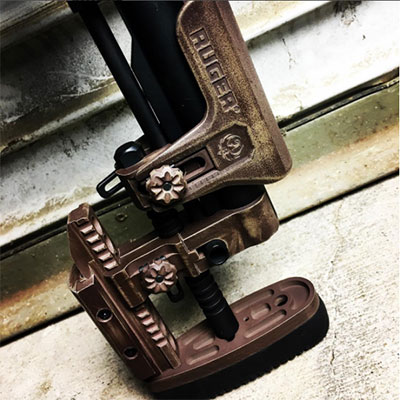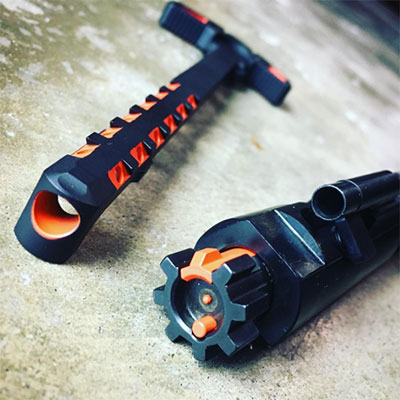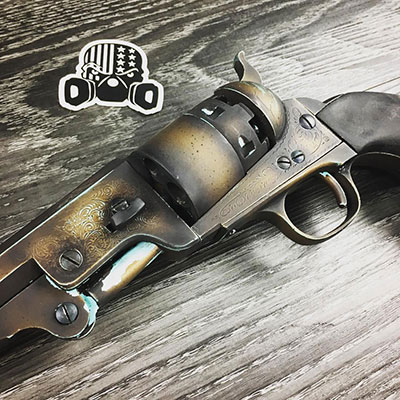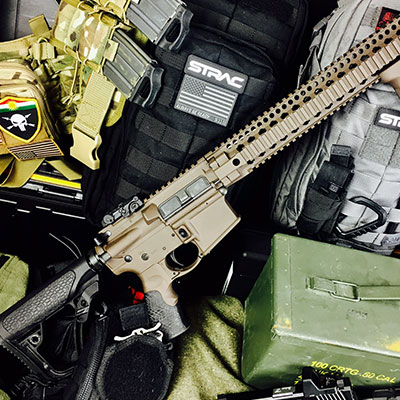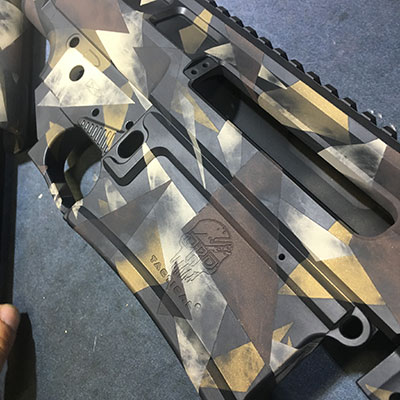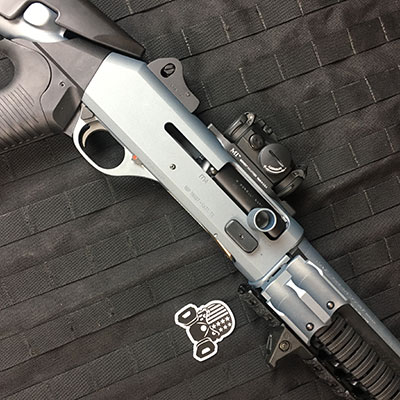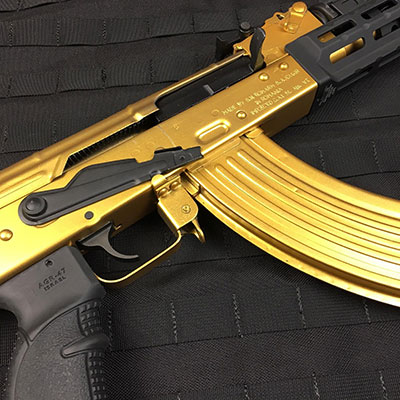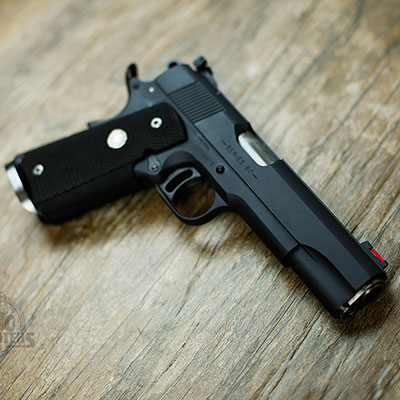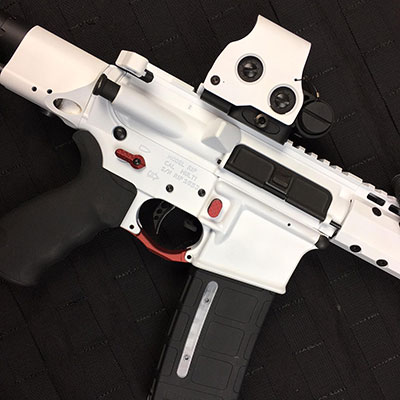- Home
- The Mysterious History of Blue Steel – An Ancient Art
show / hide sidebar
Recent Posts
The Mysterious History of Blue Steel – An Ancient Art
When it comes to firearms, the art of bluing steel has been a part of the process since the very beginning. Gunpowder originated in China, but Google the history of bluing, and you will find virtually nothing.
Why?
Because steel treatments have been around longer than firearms. Since the first irons were smelted in different locations around the world, the need to protect them from rust has been a principal concern, both in the kitchen and on the battlefield.
A little-known fact: most people believe steel and iron to be two separate amalgamations that developed at different times, or that steel is some mutation of wrought-iron with hundreds of years between their production. That’s a damn lie! Anyone familiar with the history of smelting knows that the same process can produce various carbon concentrations, depending on the ingredients in the smelter. Adding the carbon to wrought iron is a more reliable method that was perfected later on. The ancient smiths protected their smelting recipes for this reason. Steel was something of a secret. Anyway… moving on.
Bluing was a natural progression of protecting that steel, and the treatments we use today, while more refined, carry on the ancient tradition.
With steel and iron came natural methods of preservation. Ancient warriors used a thin layer of oil to protect their swords, but an iron or steel pot exposed to any type of heat needs a little extra. Luckily, the process of heating well oiled pans produced a patina of “seasoning.” The oil transformed into a super-thin polymerized matrix that protected the metal, centuries before “Teflon.”
Of course, if you use an iron skillet, you know that the coating fails fast when tossed in a broiler. The seasoning scales and flakes off, exposing the material underneath.
Bluing was the next progression in protection, and a more synthetic process created a permanent thin layer of iron oxide. It involved acid baths of every variety, lots of preparatory work, and finally, baking the steel to tease forth the final protective layer. This process is now known as bluing or blacking.
While “rust” is generally corrosive, the nature of the special black oxide, when formed properly, will actually protect the steel underneath. While no one person is credited with the discovery, some of the oldest examples of the technique appear in ancient Japanese swords. Again, the earliest examples may have been accidental, and a result of certain blacksmithing techniques.
However it originated, this process allowed the Samurai to keep their weapon free of rust, even if they didn’t have time to oil it properly in the heat of drawn out battles. In Europe, the technique was applied to straight razors. While proper oiling is still important, high carbon steels were constructed that could better resist the wear and tear of daily life on their own. Naturally, when steel firearms appeared, be they cannon or musket, bluing was a necessary step to ensure that they would resist harsh weather (especially at sea) without rusting or fowling.
Bluing stands up to the high temperatures and pressures associated with the contained explosion that is firing a bullet. For a long time, until Cerakote and other methods were developed, it was the de-facto method of steel preservation in gun barrels, slides, and other metal accessories.
Of course, this isn’t 1000 years ago, or even 100 years ago. Technology today allows us to apply thin, even ceramic based coatings like Cerakote, and these coatings are quickly replacing blued steel as the primary method of preservation in modern firearms. Just like the smiths of old, we are still refining our processes and procedures to ensure that modern warriors maintain the edge on the battlefield. In today’s war-zones, that means scorching, sandy weather, bogs, swamps, and beach fronts. There’s hardly a place on the planet where we don’t expect our firearm to perform.
That’s why the best of the best trust Cerakote, applied by experts, with care and attention to every detail to make sure the job is done right, and the coating performs under the most demanding conditions. Bluing will still be applicable to historical refinishes and reproduction weapons, but in every other respect, Cerakote offers a full replacement, and a new edge for the modern warrior waging war against chemicals and corrosion.
 Loading... Please wait...
Loading... Please wait...


